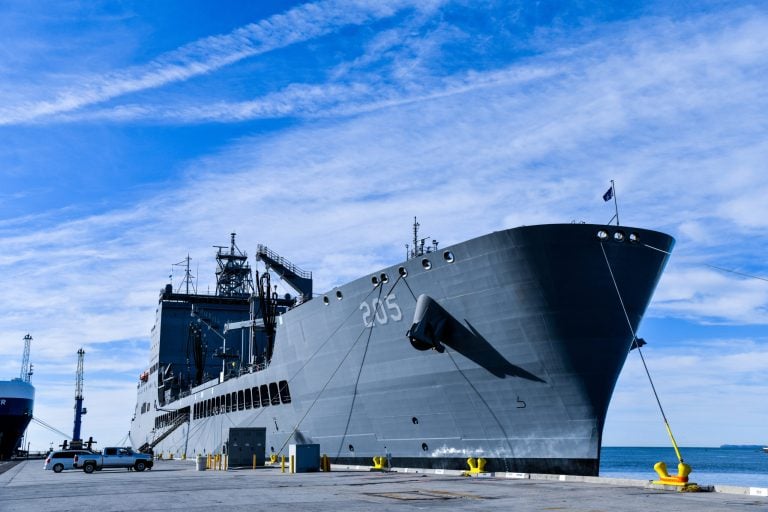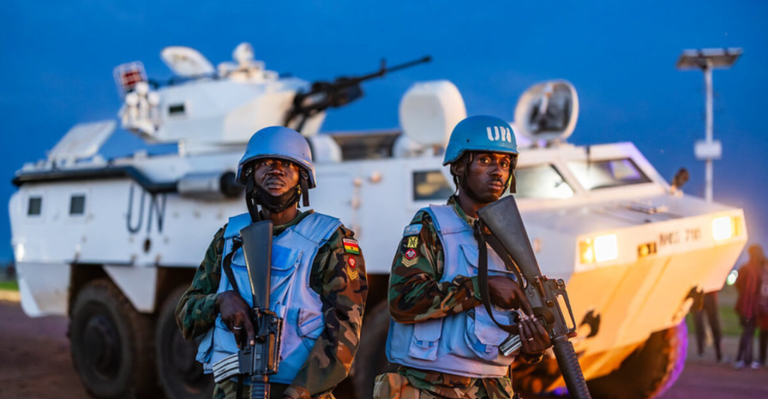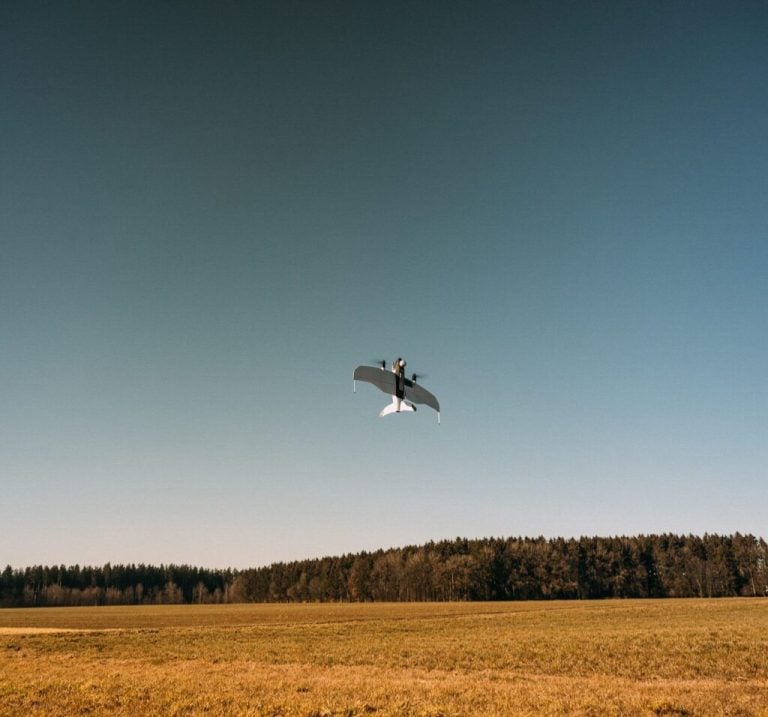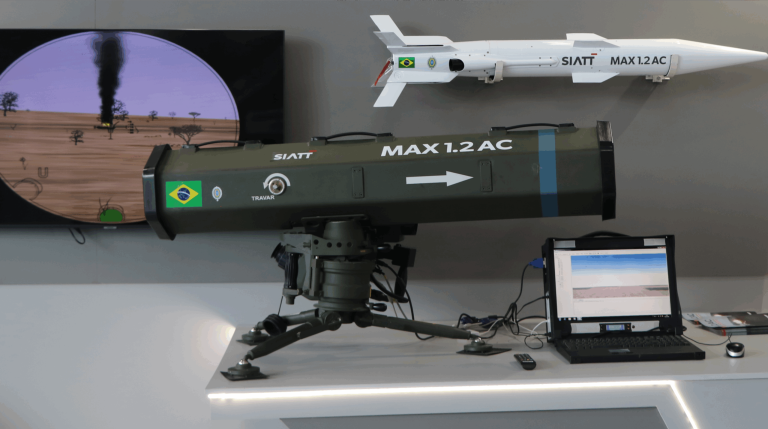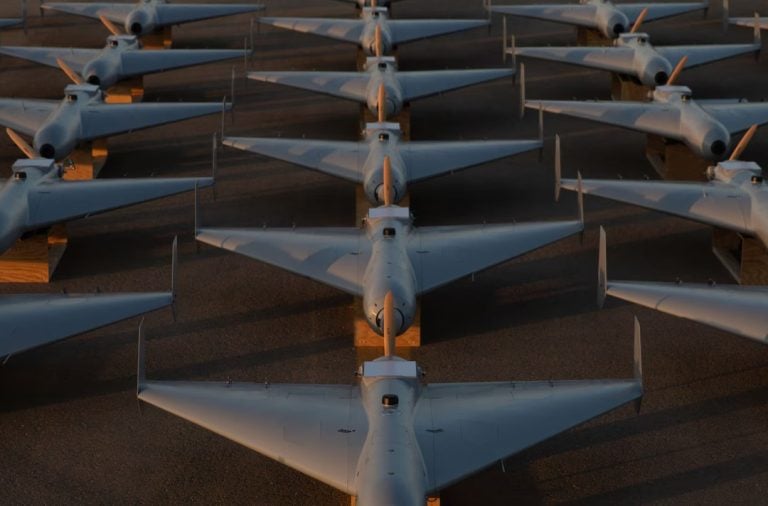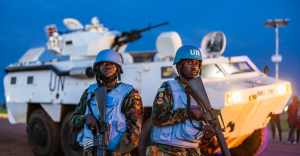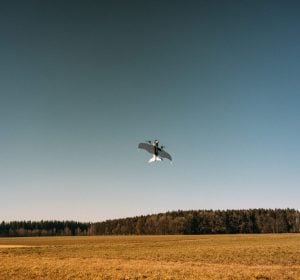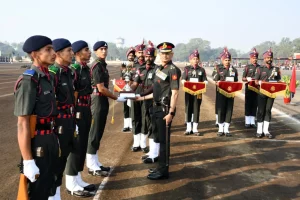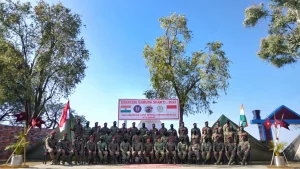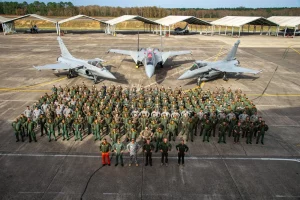Taiwan has implemented new guidelines for military engagement with drones, responding to an increased frequency of Chinese unmanned aircraft operations near the island. According to reports from Taiwan’s defense ministry, the guidelines provide a clear protocol for soldiers on how to handle unidentified aerial threats.
The first step outlined in the guidelines involves identifying and monitoring any unknown drone. Soldiers are required to report their findings to commanding officers while prioritizing civilian safety. If the drone continues to pose a threat by approaching further, the troops are directed to utilize warning mechanisms such as flares or sirens to alert nearby military units and local law enforcement.
Once verification of a safe engagement zone is established, personnel are permitted to take action against the drone. This action can be executed using “soft-kill” methods like electronic jamming systems or “hard-kill” approaches involving light weaponry.
This strategic move comes amid rising military readiness from Taiwan, driven by ongoing tensions with China, which considers Taiwan a part of its territory and has hinted at possible military action. In light of this situation, Taiwan is making significant strides to upgrade its air defense capabilities. President Lai Ching‑te recently announced an accelerated effort to create a robust air defense network and enhance drone operations.
In August, military academies across Taiwan began integrating drone training into their curricula, preparing future soldiers for this evolving threat landscape. Additionally, the Ministry of National Defense is seeking a special budget of up to $30 billion aimed at bolstering missile and drone capabilities.
The planned acquisitions include advanced attack drones and enhanced command platforms, with a focus on sourcing from both domestic suppliers and the United States. Taiwan’s ambitious objective is to deploy a total of 48,750 drones and develop five new drone types by the year 2027, reflecting its commitment to strengthening its defense infrastructure in the face of external pressures.



